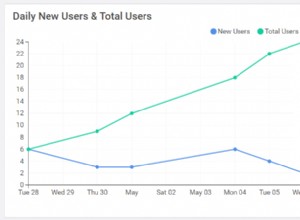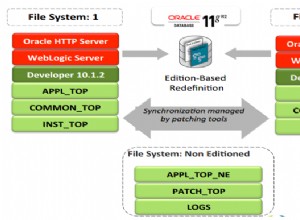Une autre option consiste à encapsuler tous vos appels Linq2Sql dans un TransactionScope(). Cela devrait les forcer tous à s'exécuter dans la même connexion.
using System.Transactions; // Be sure to add a reference to System.Transactions.dll to your project.
// ... in a method somewhere ...
using (System.Transaction.TransactionScope trans = new TransactionScope())
{
using(YourDataContext context = new YourDataContext())
{
context.ExecuteCommand("SET IDENTITY_INSERT MyTable ON");
context.ExecuteCommand("yourInsertCommand");
context.ExecuteCommand("SET IDENTITY_INSERT MyTable OFF");
}
trans.Complete();
}
// ...
Cependant, si vous essayez de faire quelque chose comme :
context.ExecuteCommand("SET IDENTITY_INSERT MyTable ON");
context.MyTable.InsertOnSubmit(myTableObject)
context.SubmitChanges()
context.ExecuteCommand("SET IDENTITY_INSERT MyTable OFF");
vous rencontrerez probablement d'autres problèmes, en particulier si la colonne d'identité a l'attribut IsDbGenerated défini sur true. La commande SQL générée par Linq2Sql ne saura pas inclure la colonne et la valeur d'identité.




